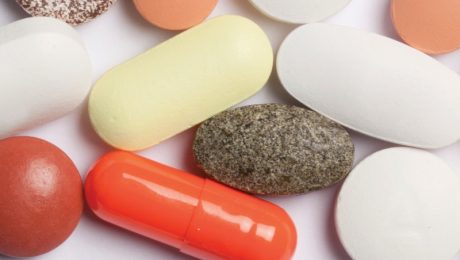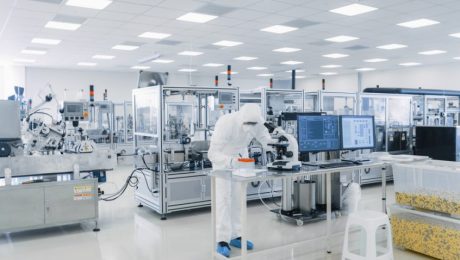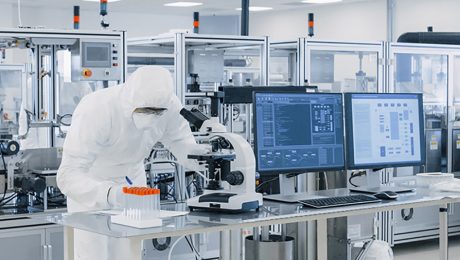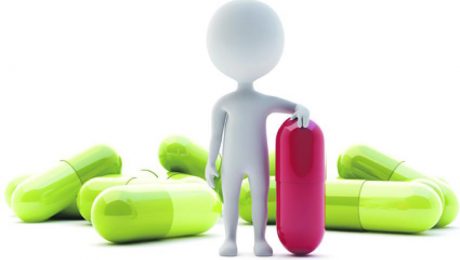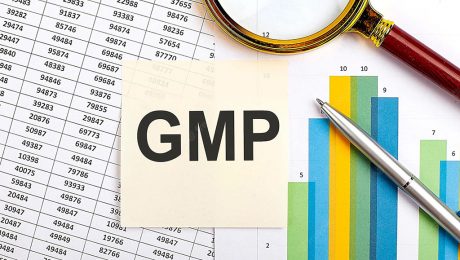Multi-Unit Pellet Systems (MUPS)
1. Introduction Solid dosage forms are the most frequently used drug delivery systems (DDS) for oral administration. They differ drastically in size and number of units administered as a single dose, including both single-unit dosage form (SUDF) and multiple-unit dosage form (MUDF). Multi-unit pellet system (MUPS) is one of the most popular MUDFs because of
- Published in blog
Tracebility Standards Process In Quality Control Department Of Pharmaceutical Manufacturing
1. Common definition(s) Primary Standard (primary standard): A standard of the highest purity, having the important properties fully validated and widely recognized, of suitable quality under specified conditions, and having a recognized value acceptable without having to compare it with another standard. Reference standards: including pharmacopoeial standards and non-pharmacopoeia standards (basic standards provided by the
- Published in blog
Mean Kinetic Temperature – MKT
1. Introduction Mean Kinetic Temperature (MKT) is used in the pharmaceutical industry to evaluate the effect fluctuating temperatures have over time on the efficacy and safety of a drug product. In 1971, J.D. Haynes calculated a “Virtual Temperature” to predict product expiration when considering temperature variability in a given region. The formula uses the Arrhenius
- Published in blog
Comparing Attributes of the ASEAN Medical Device Directive and EU 2017/745 Regulation (Session 1)
When medical device manufacturers consider placing devices on the market, they face the challenge of understanding the regulatory environment in different jurisdictions and the regulatory requirements that apply to them and their machines. As medical device regulators evolve their regulatory frameworks in a particular jurisdiction, they look for solutions to challenges they face from other
- Published in blog
Transfer Of Analytical Methods Between Two Units And Laboratories
At present, technology transfer in general, and transfer analytical method, in particular, is a problems of great concern for factories or laboratories. The transfer of analytical methods to improve product quality as well as bring domestic technology to ensure fast and sustainable development. Before an analytical method is transferred, it should be properly developed and
- Published in blog
Orphan Drug Designation
An orphan drug designation is a status delivered by FDA (US) or EMA (Europe) for pharmaceutical drug that has been developed specifically to treat an ultra-rare disease (affecting less than 200,000 patients in the United States and/or 500,000 patients in the European Union). What does it mean to be granted orphan drug designation? Orphan drug
- Published in blog
Pharmaceutical Quality System (PQS)
Overview Patient safety is the primary objective of the Pharmaceutical Quality System (PQS), Manufacturing Authorization holder is required to manufacture safe and effective medicinal products in accordance with the Marketing Authorisation. To ensure this, the PQS is utilized. Adequate resources (locations, equipment, and employees), a sound quality policy with appropriate quality targets, and documentation of
- Published in blog
Overview Of GMP
1. Background of GMP In the United States in the early 20th century when the industry was still aboriginal (ice was used for refrigeration, and milk was also unsterilized). Preservative chemicals and food additives are arbitrarily used without supervision. The drug contains heroin, cocaine and morphine with no warning on the label. In 1937 the
- Published in blog
Measures For Drug Price Management In Vietnam
The following below contents do not contain the full and detailed information of the Decree 54/2017/ND-CP and the Decree 155/2018/ND-CP , but the information is extracted and summarized briefly as a part of the Decrees on measures for drug price management in Vietnam. 1. Declaration and re-declaration of drug prices Every pharmacy business establishment shall
- Published in blog
The Lifecycle Approach to Process Validation: Overview
The current view of the world’s regulatory authorities is that Process Validation (PV) demonstrates the adequacy and robustness of the manufacturing control strategy and gives continuing assurance that the process is under control. It is defined in the November 2016 EMA Guideline on process validation as: “Process validation should not be viewed as a one-off
- Published in blog


